Ann Magnolia Shrub 2.5 inch Pot Deciduous Plant Purple-Red Flowers
Original price was: $39.99.$22.99Current price is: $22.99.
Enhance your garden with an Ann Magnolia! This 6-12″ shrub arrives in a 2.5″ pot, boasting fragrant, purple-red flowers. Perfect as a specimen plant or informal hedge. Hardy in zones 3-8.
Estimated arrival
Nov 23
Nov 28 - Nov 30
Dec 03 - Dec 07
Reasonable Price
We offer reasonable price

Support 24/7
Contact us 24 hrs a day

100% Money Back
You've 30 days to Return

Payment Secure
100% secure payment
Ann Magnolia: A Stunning Addition to Your Landscape
The Ann Magnolia is a beautiful, deciduous shrub known for its fragrant, purple-red flowers that bloom in spring and summer. This versatile plant makes an excellent specimen, adding a splash of color and fragrance to any garden. You can also plant multiple Ann Magnolias to create an informal, eye-catching hedge. Hardy in zones 3-8, the Ann Magnolia is adaptable to various soil types and requires minimal maintenance, making it a perfect choice for both novice and experienced gardeners.
This Ann Magnolia arrives in a 2.5″ pot, ready to be planted and enjoyed. With proper care, it can grow up to 10′ tall, but can be pruned annually to maintain your desired shape and height. Whether you’re looking to add a touch of elegance to your yard or create a natural privacy screen, the Ann Magnolia is an excellent option. Prefers full sun to partial shade.
Benefits of Planting Ann Magnolia:
- Fragrant Flowers: Enjoy the delightful scent of purple-red blooms throughout spring and summer.
- Versatile Use: Perfect as a specimen plant or for creating informal hedges.
- Low Maintenance: Requires minimal care and is adaptable to various soil types.
- Hardy and Adaptable: Thrives in zones 3-8, making it suitable for a wide range of climates.
- Pruning Options: Can be pruned annually to maintain the desired shape and height.
Frequently Asked Questions About Ann Magnolia:
- How tall will my Ann Magnolia get? With adequate conditions, it can reach up to 10 feet in height without pruning. Regular pruning can keep it at a more manageable height.
- What kind of soil does the Ann Magnolia need? This plant is widely adaptable to any soil.
- How much sunlight does an Ann Magnolia need? It thrives in full sun to partial shade. Aim for at least 4-6 hours of sunlight daily.
- When is the best time to plant my Ann Magnolia? The ideal planting time is in the spring or fall.
- How often should I water my new Ann Magnolia? Water thoroughly after planting and keep the soil consistently moist, especially during the first growing season. Once established, it is relatively drought-tolerant.
Be the first to review “Ann Magnolia Shrub 2.5 inch Pot Deciduous Plant Purple-Red Flowers”

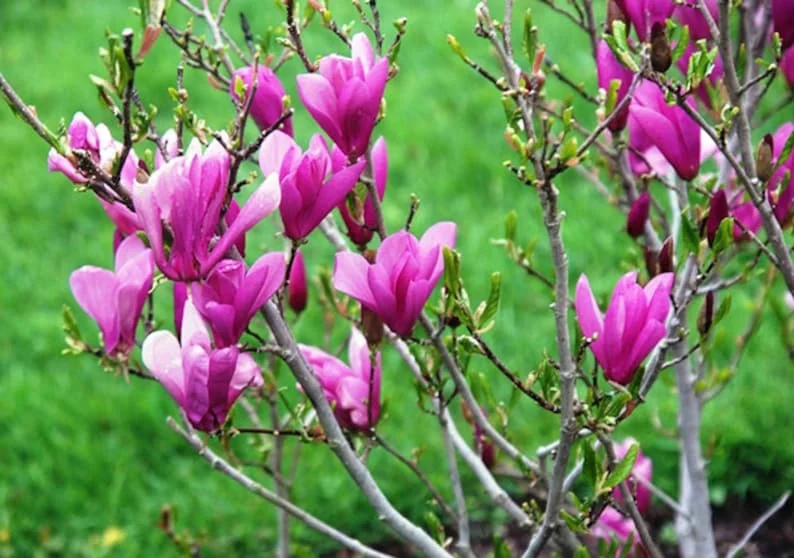
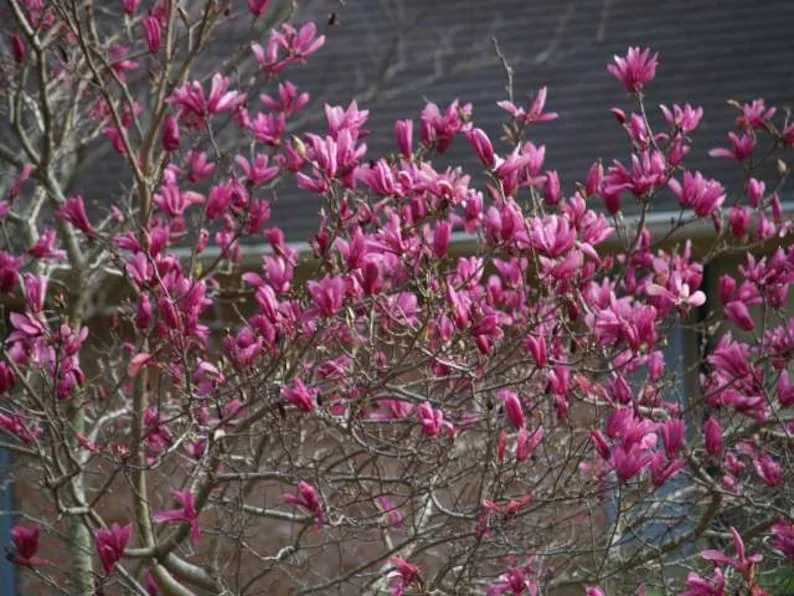
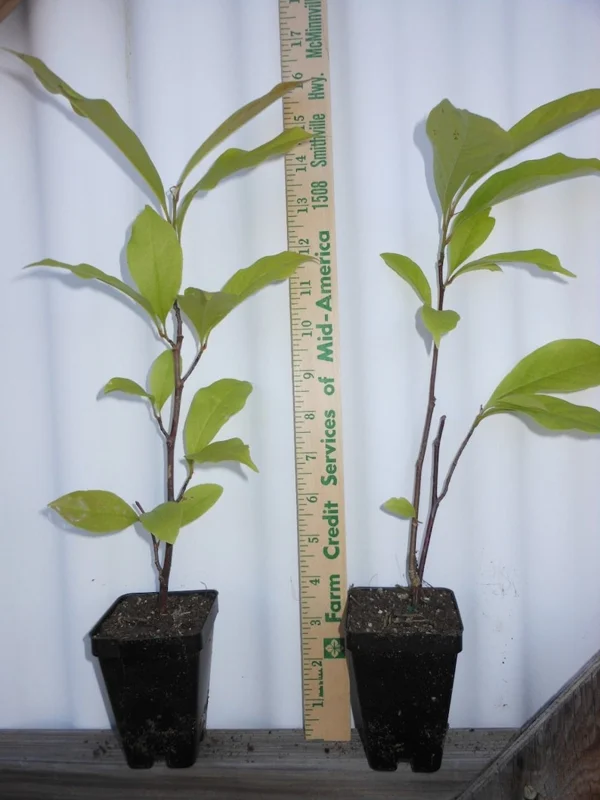
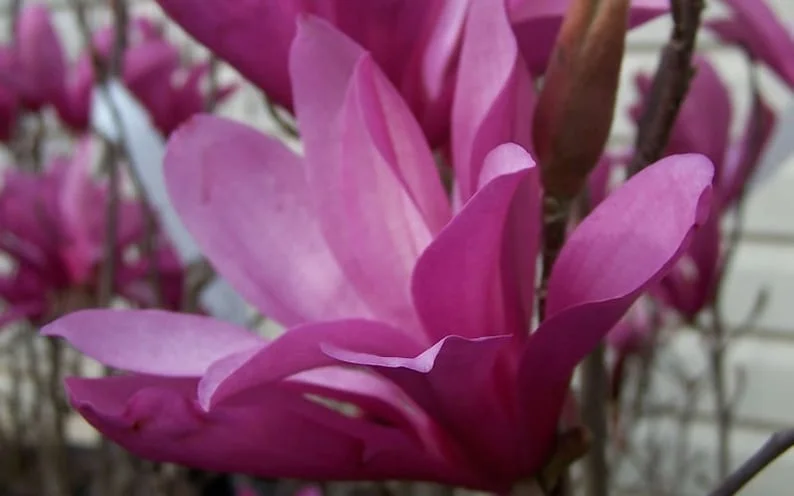
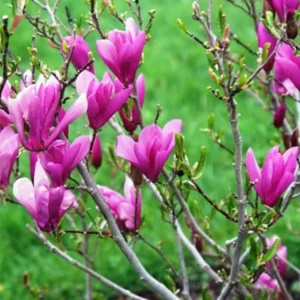
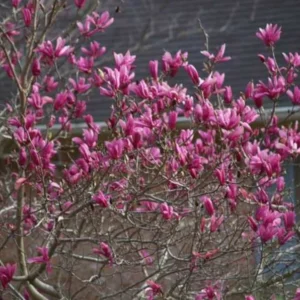
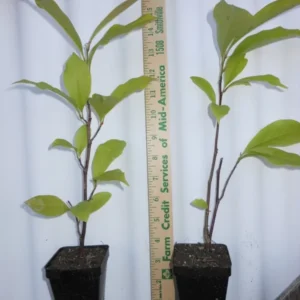
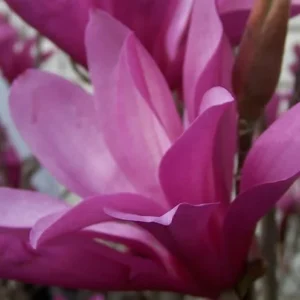
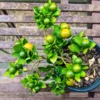
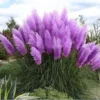


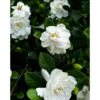
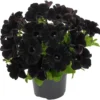
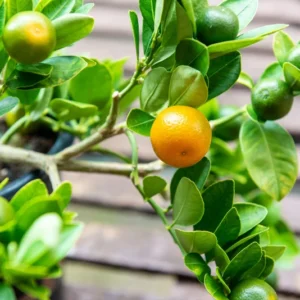
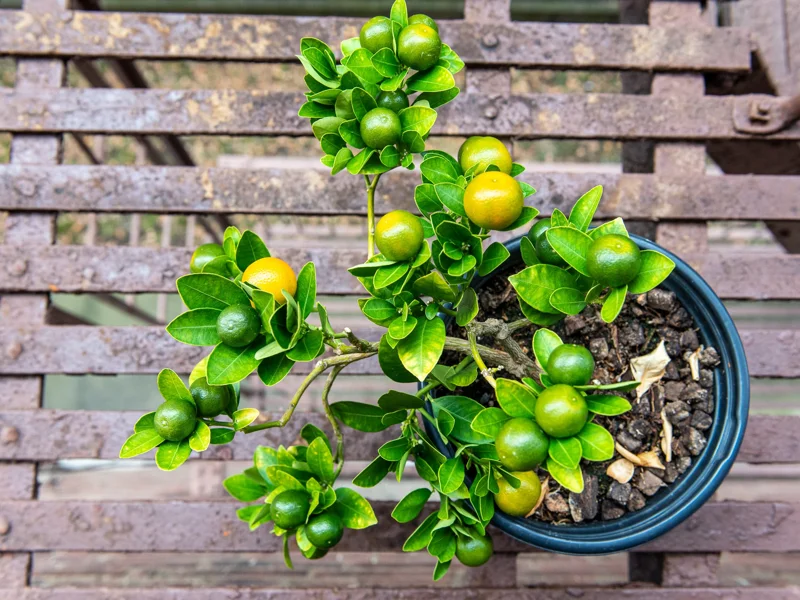
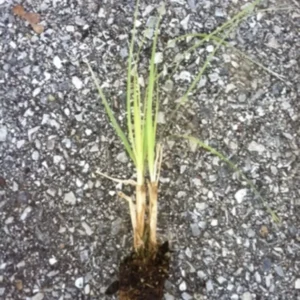
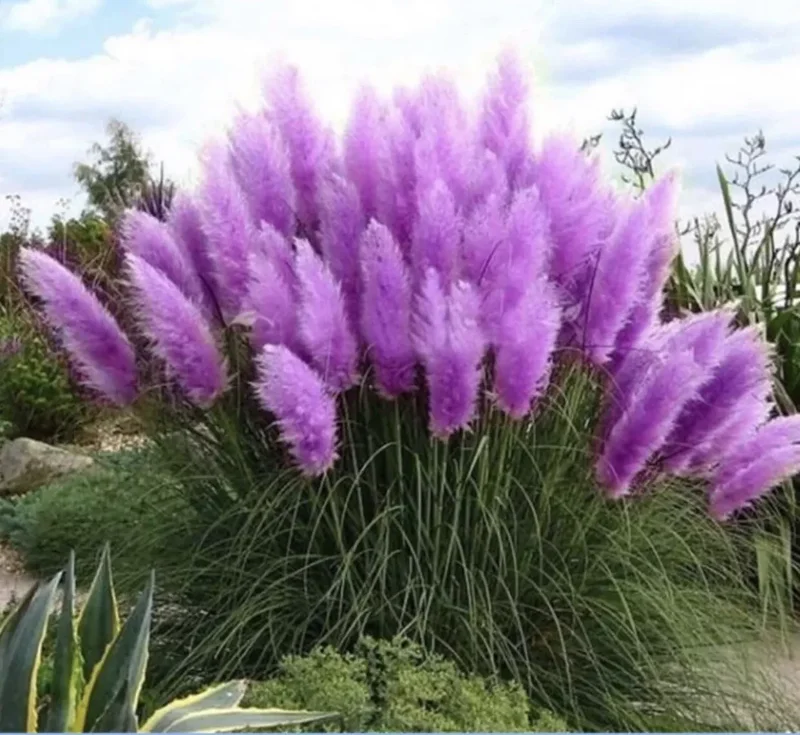
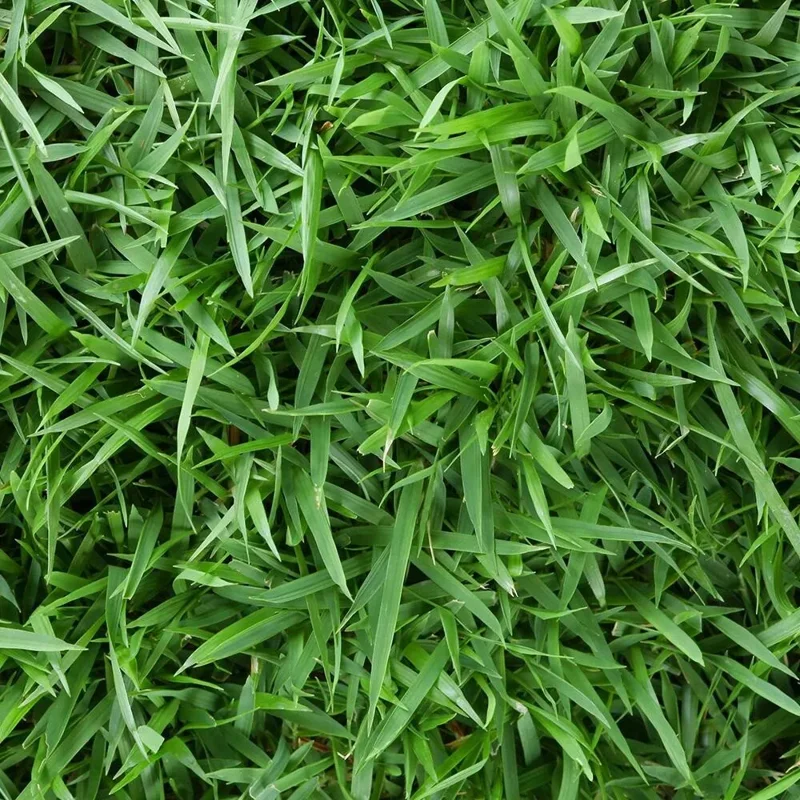


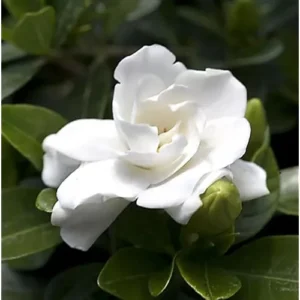
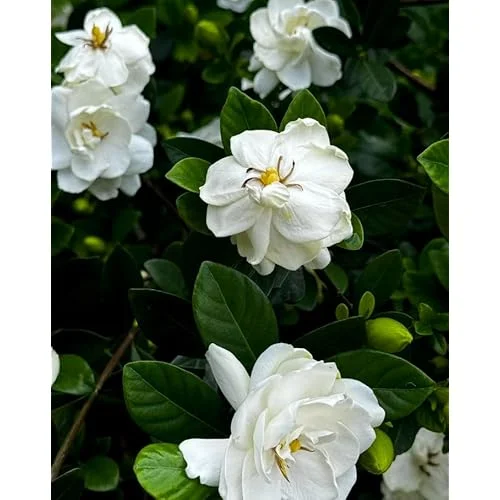
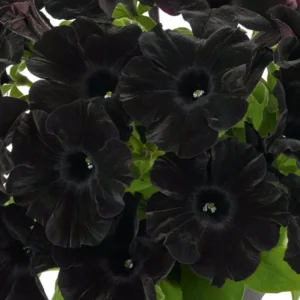
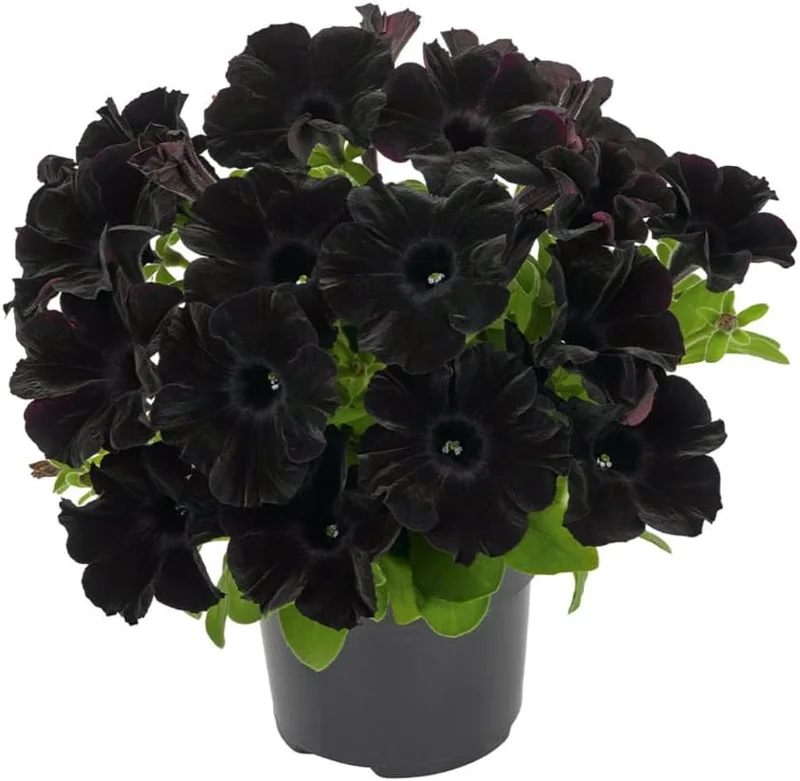
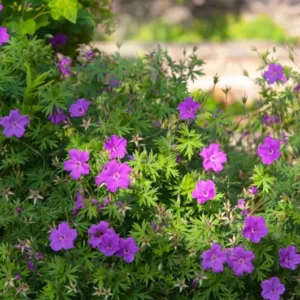
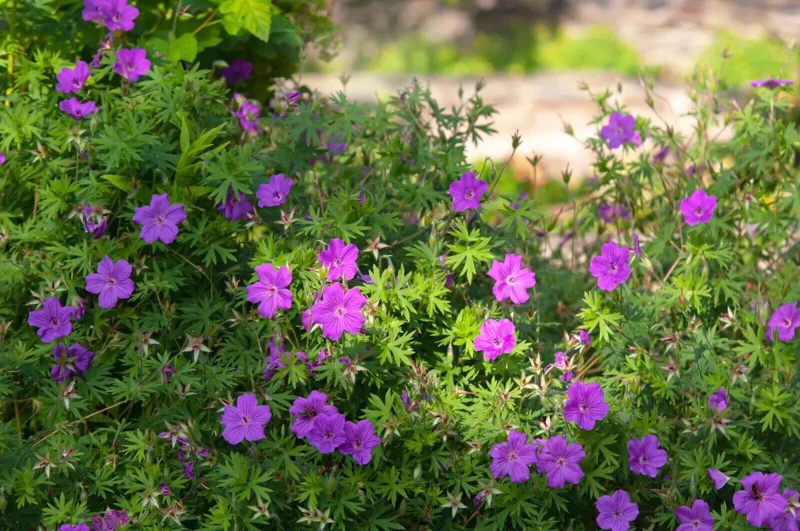
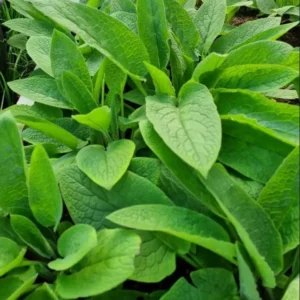
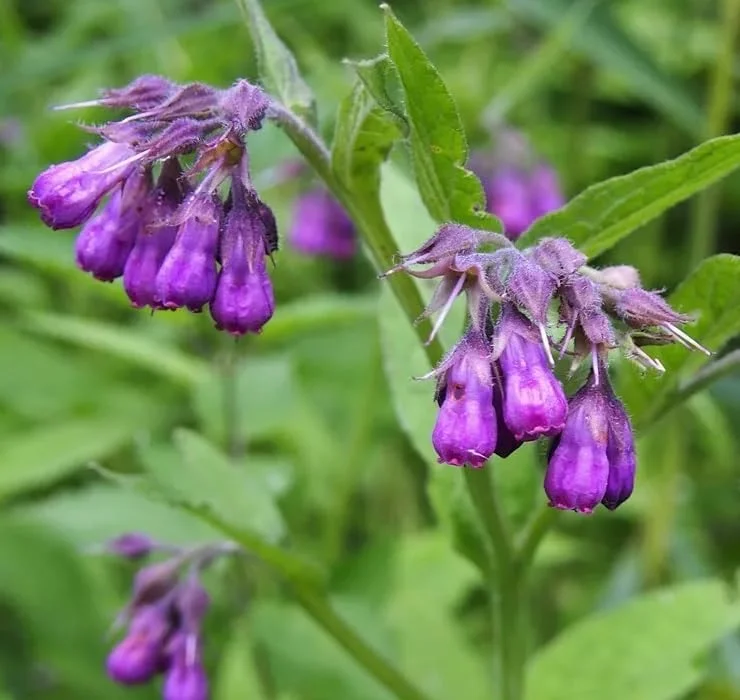
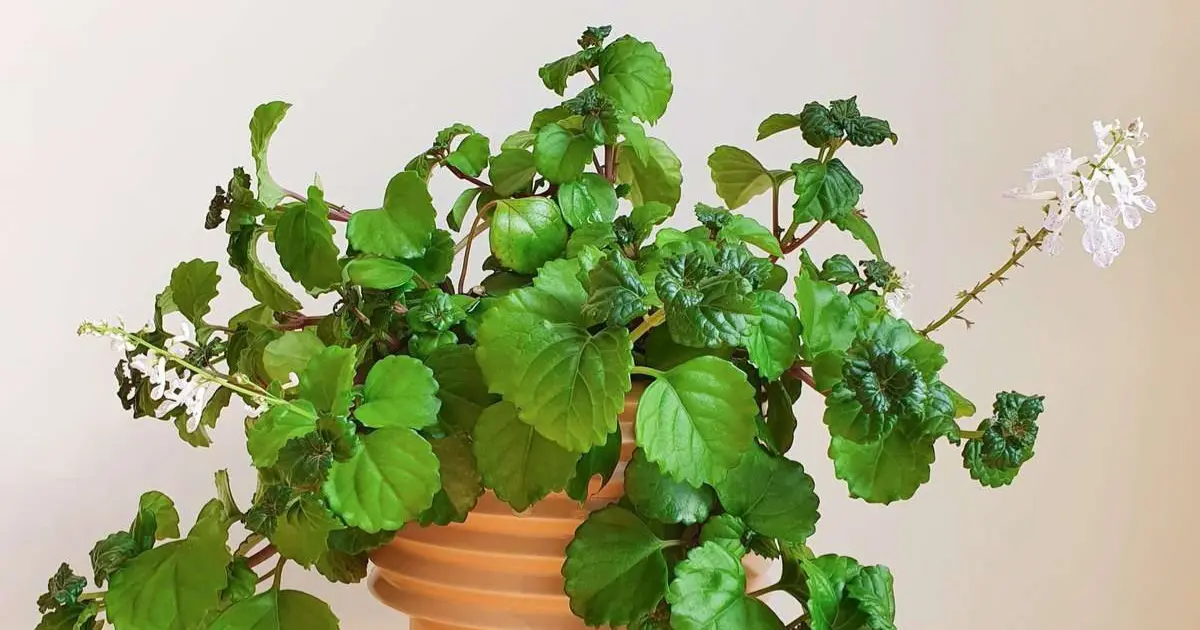
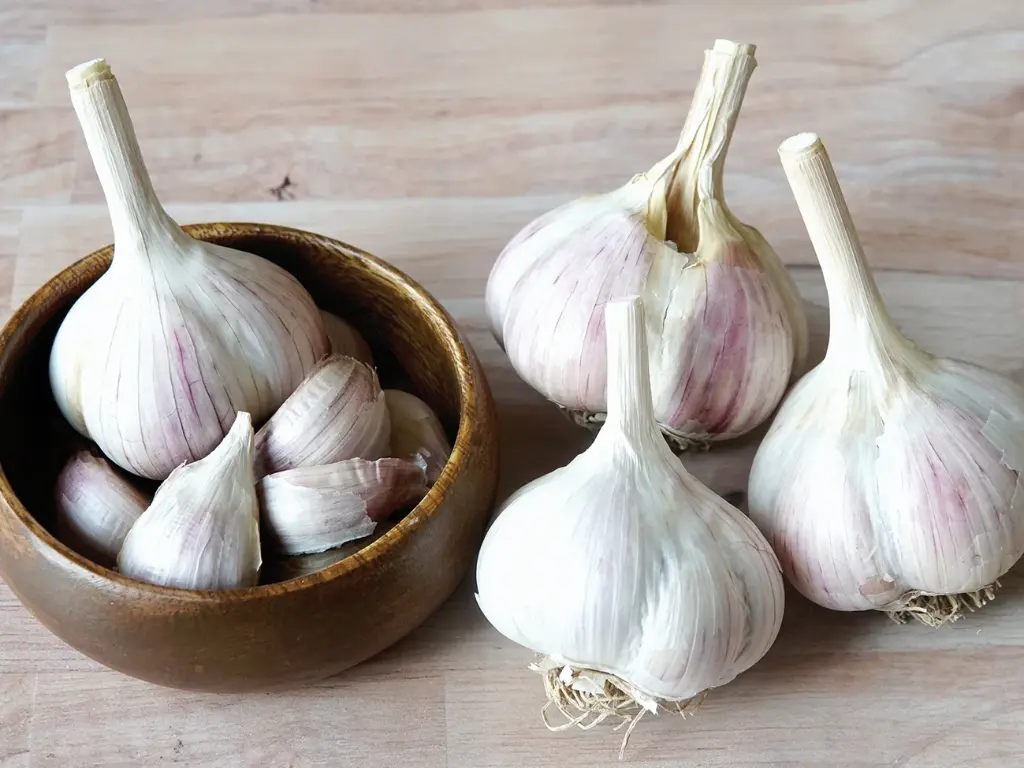
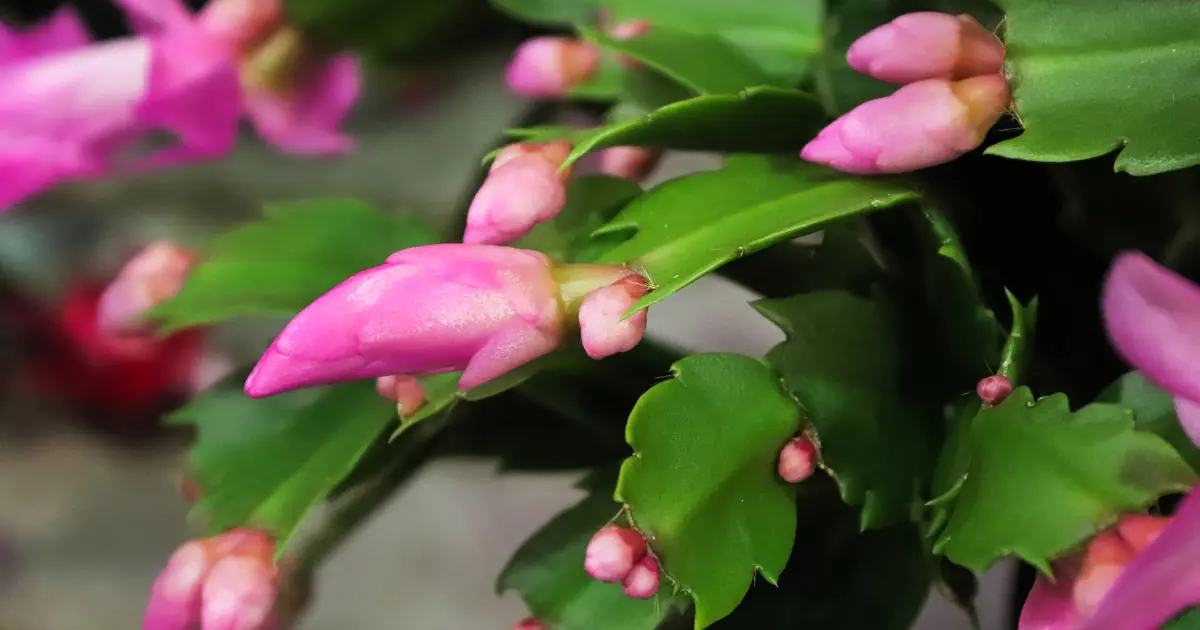
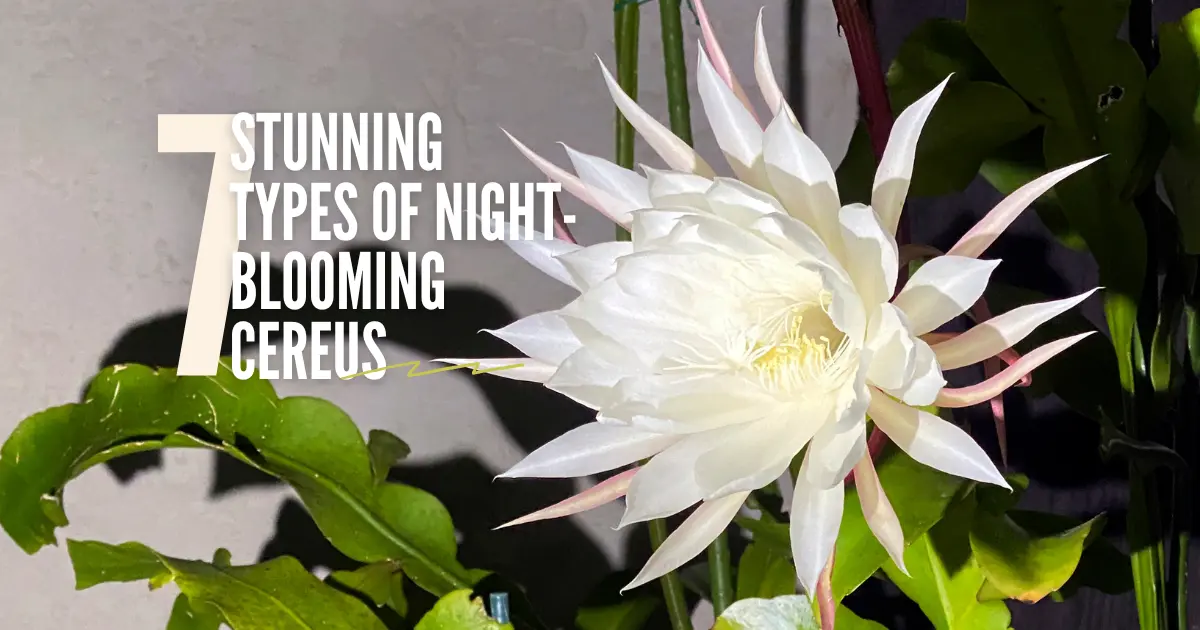


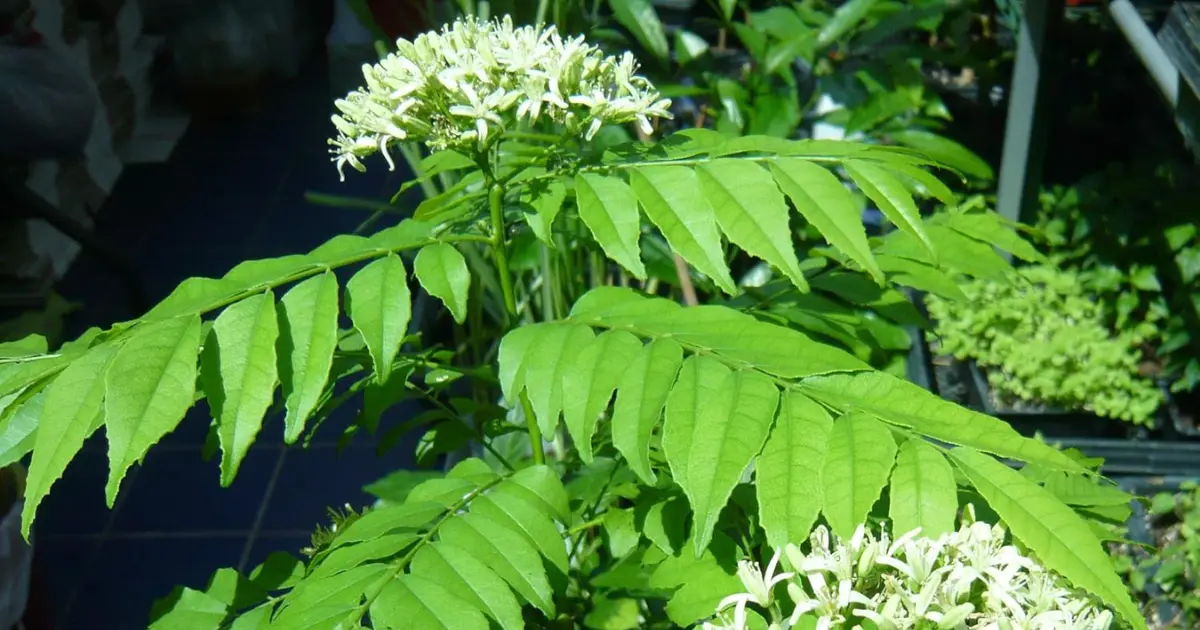
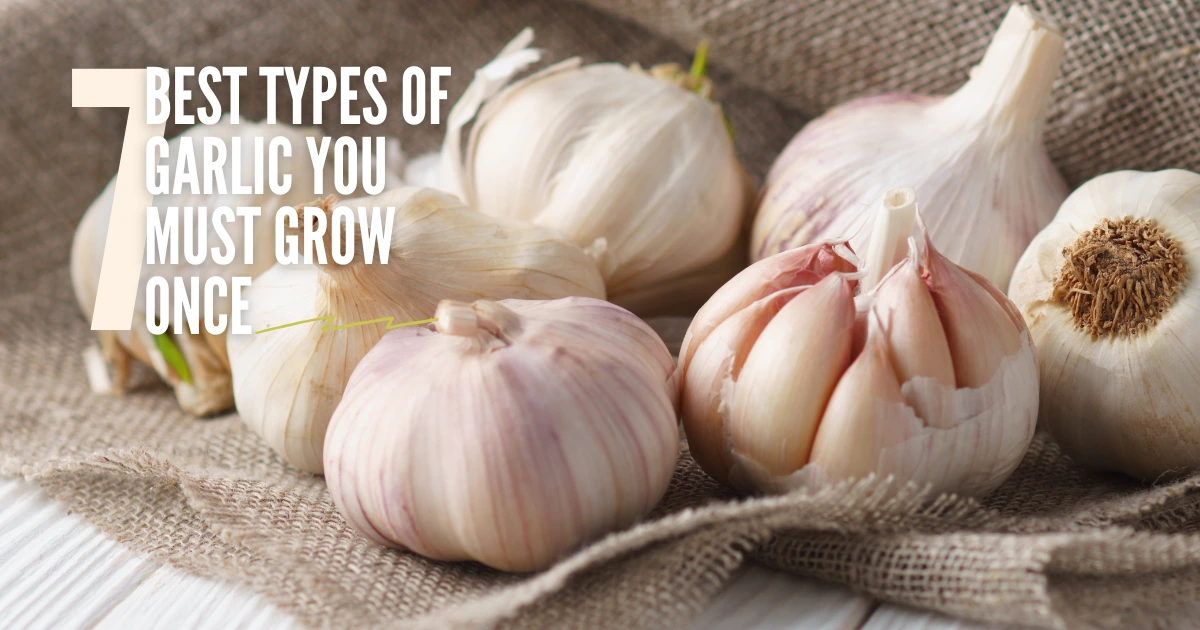
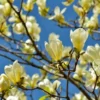

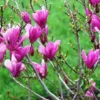
Reviews
There are no reviews yet.